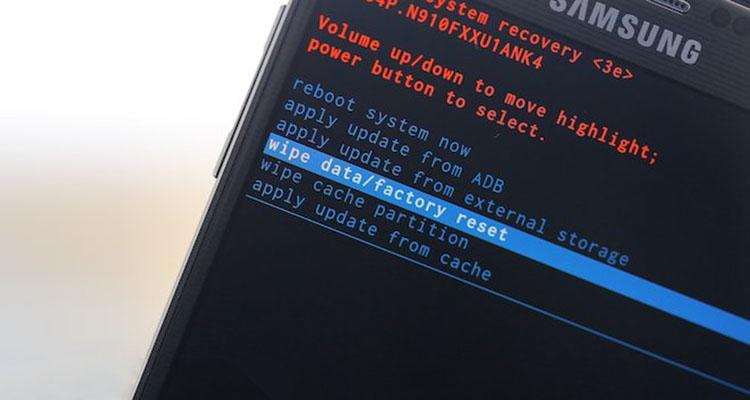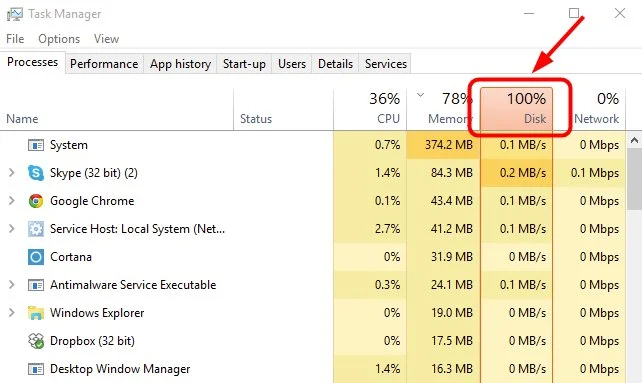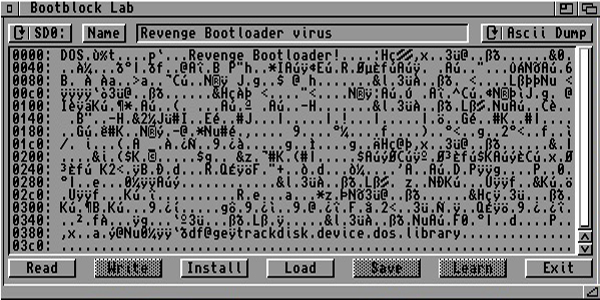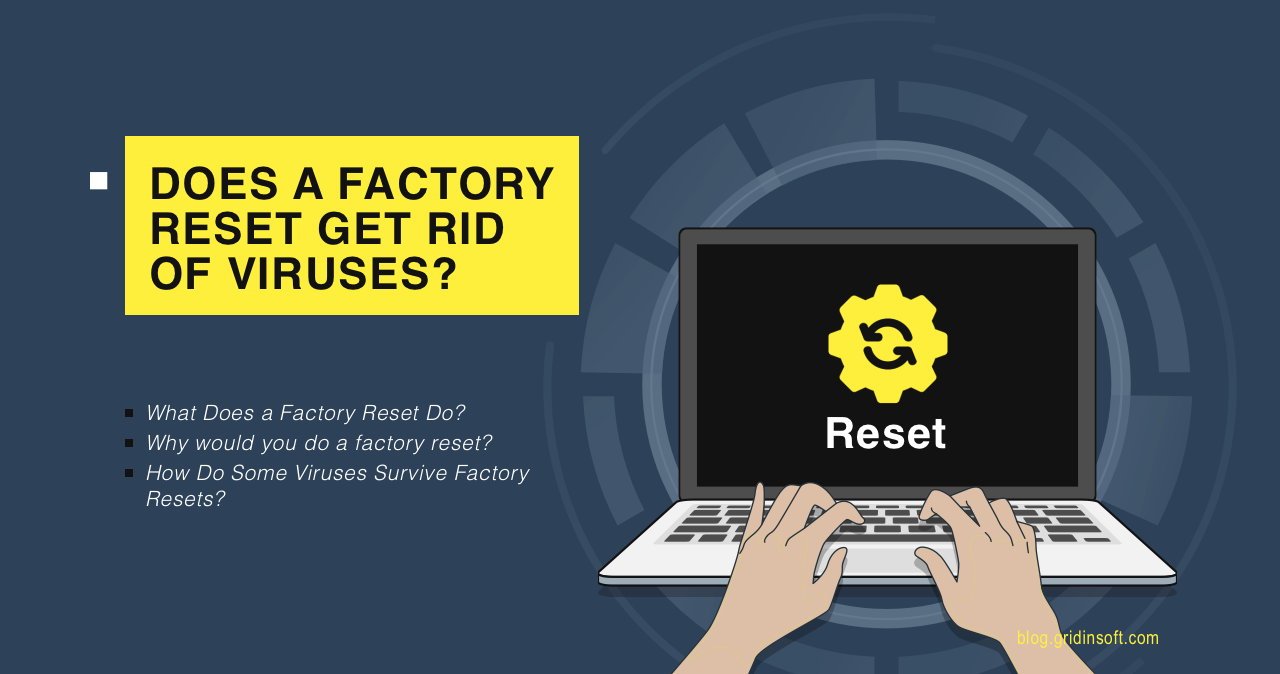You can use the reset feature to destroy the virus from your PC. Besides being an excellent way to eliminate viruses, this is also a way to remove all the information you have. Such a step requires a lot of preparing and precautions taken. But do not forget that hackers work hard to improve their viruses, which complicates the task of their destruction. Below in this guide, you will learn what factory reset is, how to use it correctly, and whether it can surely rid you of pests.
What Does a Factory Reset Do?
Factory reset means a complete removal of all information on your device and restoring the software to its original state (as it was from the factory). No matter what type of device you use, phone or laptop, your apps, photos, videos, and other information will disappear. But all applications that the manufacturer has installed will be restored. The list of electronic devices on which it is possible to reset settings includes printers, TVs, GPS devices, etc.

Why would you do a factory reset?
Actually, reset option is needed to solve different tasks. System issues, selling your computer or the need to wipe out the information on your disk – you can complete this list with a dozen of personal reasons. Here is the explanation for some of them:
Device sale. It would be logical to do that before giving or selling your device to someone. You can back up all data and safely delete it. This way, you will protect the integrity of your privacy.
Device performance improvement. You can use the reset settings if your device has become defective to perform tasks and loads some functions slowly. But this should be done only in case of emergency and only after you try to do the cleaning manually. If, after this action, the problem will be in the hard drive or the OS, then take extreme measures.

Malware on the device. When performing a cyberattack, hackers carefully hide their presence on the user’s device. Therefore, it will be difficult for ordinary users to trace and remove viruses. For example, if you notice that the windows on your desktop open themselves, the PC is heated without any reason; it may be a sign of a virus activity on your device. Resetting your settings may help you remove them.
How Do Some Viruses Survive Factory Resets?
As we have already mentioned above, intruders carefully approach the malware distribution issue. Because some viruses manage to survive after resetting their settings, read below how this happens.
1. Your backup is infected
If your device is infected, it’s likely that the backup of all the data will also be infected. In that case, you should be more careful. Before moving all data from the backup to recover the wiped system, check it for malware. Otherwise, it can cause repeated problems for your OS, data, and everything else.

2. The malware is on your recovery partition
The factory settings of your device are stored on the hard drive. In some cases, malware may inject its code into these settings, leading to its recovery even after the PC was reset. That could be some addings to the config files that force your PC to connect to the malware command server, and retrieve the virus back.
3. You might have a bootloader virus
A bootloader virus aims to gain deep access to your computer. Such malware aims at leaving the anchors not only in your operating system, but also in the BIOS/UEFI – the firmware of your motherboard. In such a case, a factory reset will not help you unless you reset your motherboard – which requires way more careful and time-consuming approach.

4. Other devices in your network are infected
Check all devices that connect to your target device for malware. Since malware can infect additional devices (such as a printer) without your knowledge, you can infect your PC when you reconnect to it. This will happen regardless of whether you reset your settings or not.
Prevention is better than cure
Resetting settings is useful if your PC needs a reboot after an attack. But using it to destroy malware or viruses is a last resort. After all, there are several rules by which you can avoid infecting your device. Here are some of them:
- Stay up to date on all the latest fraud and cybersecurity threats
- Create strong passwords for your accounts
- Constantly update your operating system and applications that require it
- Save backups of your files and other important information
- Install antivirus software that will not only scan your traffic, but also protect you from unwanted malware.
GridinSoft Anti-Malware Protection 2022
Previously, we mentioned that reset settings could not permanently rid you of unwanted malware. To avoid this, you can use reliable protection from GridinSoft Anti-Malware. This protection is designed to detect and remove all types of malware and viruses, such as spyware, adware, trojans, rootkits, and others. It will carefully scan everything that comes to your PC and monitor your activity on the network. This program works with other antivirus programs and as additional antivirus software.





HitmanPro.Alert will not allow GridinSoft to be installed -“malicious code alert”.